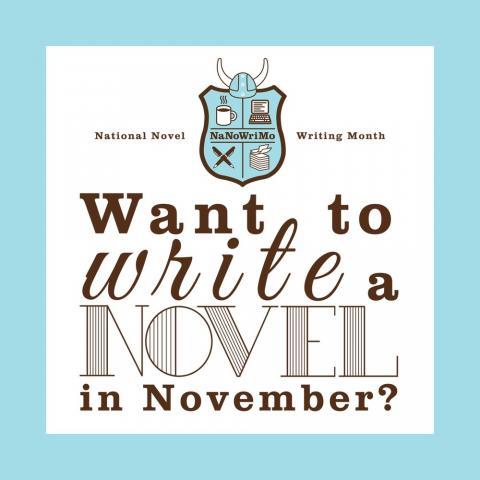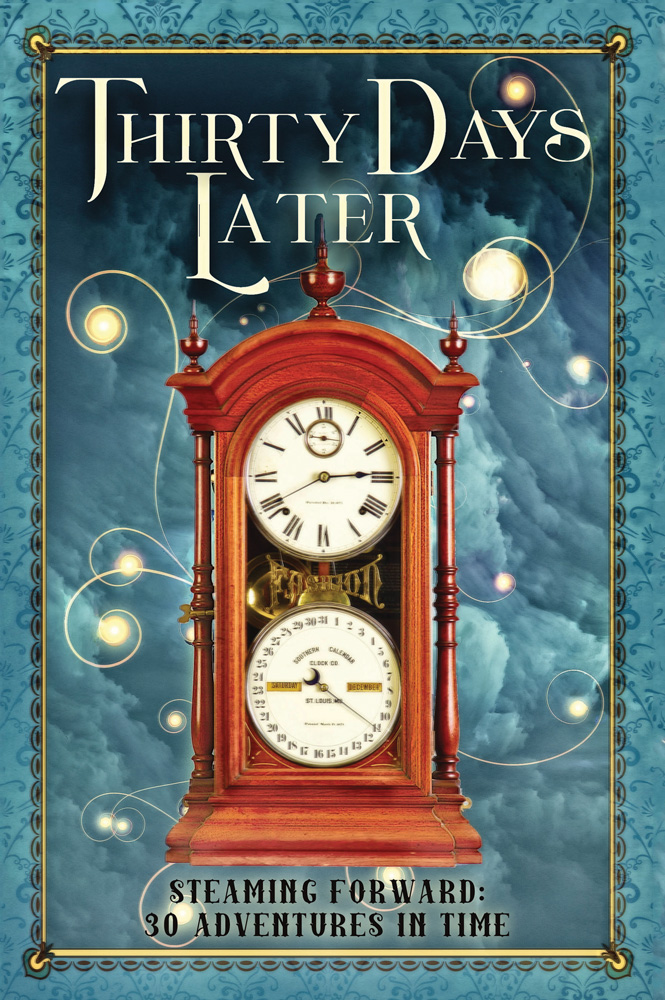by Lillian Csernica on April 18, 2019

When it comes to writing fiction or nonfiction, pain is your best friend.
Does that sound strange? The truth of human nature is we respond with more sympathy to another person’s suffering than we do to good news.
Physical pain can be quite dramatic and effective on the page. Lasting damage, such as blindness, loss of a limb, or even death takes sympathy farther into actual pity. That has its uses as well, but what we really want our readers to feel is empathy.
From Dictionary.com:
The differences between the most commonly used meanings of these two terms is:
-
sympathy is feeling compassion, sorrow, or pity for the hardships that another person encounters
-
empathy is putting yourself in the shoes of another, which is why actors often talk about it.
The emotional pain associated with such injury and loss is the key to engaging reader sympathy.
Inciting incidents in famous novels:
The Hunger Games — Katniss must volunteer to be a tribute in order to save Prim’s life.
The King of Elfland’s Daughter — For love of a mortal king, the title character abandons Elfland for the king’s human realm.
Misery — Bestselling author Paul Sheldon lies injured due to a car accident and is rescued by his biggest fan Annie Wilkes.
The Maltese Falcon — When Sam Spade’s partner Miles Archer dies while on the job with their new client Brigid O’ Shaughnessy, Spade must investigate.

Good stories come from bad decisions. People who are experiencing intense pain, whether physical or emotional, are not in the best state of mind to make intelligent, well-reasoned decisions. The more pressure we put on our characters, the harder we make their struggles, the more our readers will empathize, become involved, and experience the story.





































